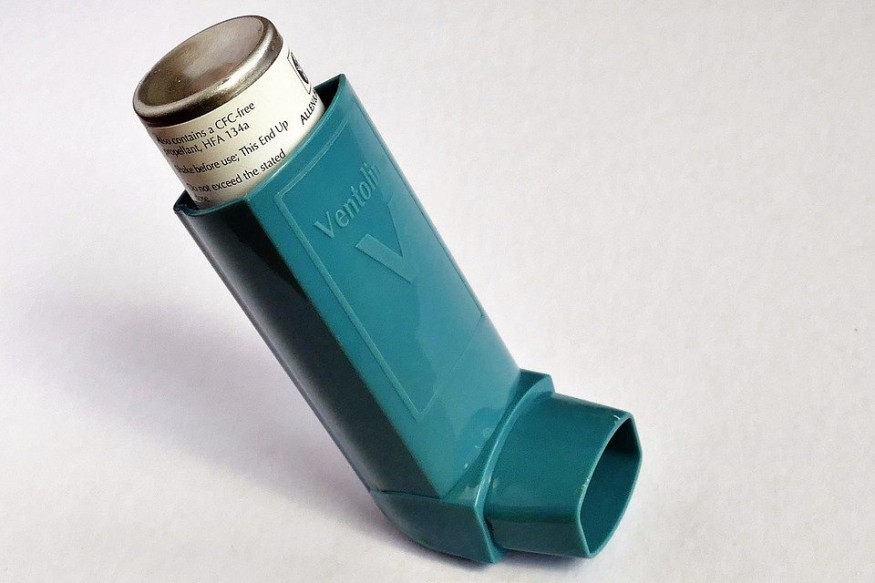
According to a study published recently in the journal BMJ Open, certain inhalers commonly used by asthma patients emit greenhouse gases to the tune of 25 kilograms of carbon dioxide equivalent per device.
The study targeted 4.67 million people diagnosed with asthma in the United Kingdom. This also has implications for treatment worldwide, including in the U.S., where 22.6 million people (6.1 million of them children) who are afflicted with the condition. Therefore, switching from a high-emitting inhaler to one that does not use a greenhouse gas propellant could save 150 - 400 kg (carbon dioxide equivalent) per year.
The study compared the greenhouse gas emissions of aerosol pumps - known as metered-dose inhalers (MDI) - with dry powder inhalers (DPI).
The study found that dry powder inhalers use no HFA (hydrofluoroalkane) propellants at all.
Each inhaler a person uses could be polluting the environment by as much as a 180-mile car journey.
The National Institute for Health and Care Excellence (Nice) has provided new guidance urging sufferers to avoid using the most popular type of inhaler, known as a metered-dose inhaler (MDI).
Also, some asthma inhalers are as bad for the environment as eating meat, according to research conducted by the University of Cambridge. They found that the most common inhalers used in the UK make up four percent of greenhouse gasses emitted by the National Health Service (NHS).
"Green" inhalers are recommended to help the environment and save millions for the NHS.
Metered-dose inhalers consist of liquefied compressed gases to pump out the drugs to the user as they breathe in. These contain hydrofluoroalkanes (HFAs), which are also potent polluters.
Replacing 10% of inhalers to ones that do not use liquefied compressed gas could reduce carbon dioxide emissions by 58,000 tonnes a year.
Swapping with the cheapest equivalent dry-powder inhaler, which has a carbon footprint between 10 and 37 times lower, could save the NHS £8.2m a year.
Yearly, your carbon footprint from the aforementioned inhaler use could be in an excess of a 100kg of CO2.
The exact amount of HFA present in inhalers is kept in secrecy, so the carbon footprint is calculated from research.
The emissions savings when switching is equivalent to that achieved by leading an eco-conscious lifestyle, such as by recycling, installing wall insulation in their home or avoiding meat in your diet. 58,000 tonnes is about the same as that which would be incurred by 180,000 journeys from London to Edinburgh and back by car.
According to Dr. James Smith of the University of Cambridge, their team's study shows that switching inhalers could help individuals, and the NHS as a whole, to reduce their impact on the climate remarkably. He noted that this is a significant step towards creating a zero-carbon healthcare system suitable for the 21st century.
Alternatives in the shape of aqueous mist can also be an option.
However, the costs of switching to dry powder inhalers might impede the NHS to implement the change, but it would pay off greatly in the long run.
RELATED ARTICLE: Sea Otter Diagnosed With Asthma Learns To Use Inhaler
© 2025 NatureWorldNews.com All rights reserved. Do not reproduce without permission.





